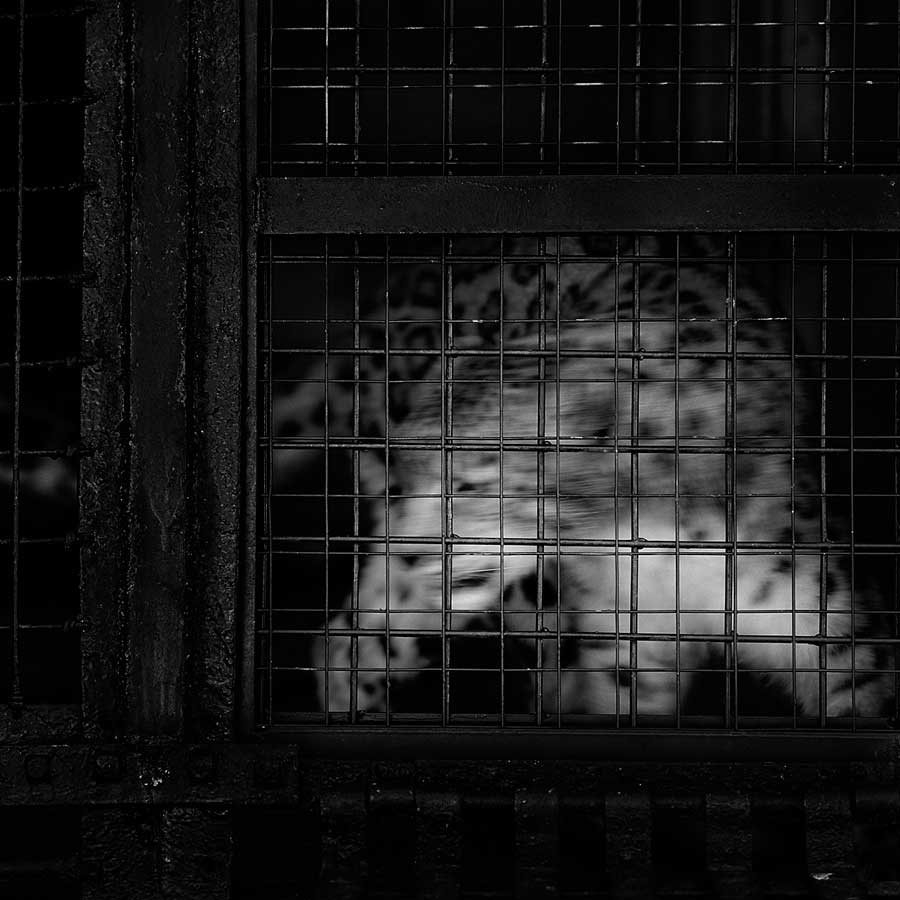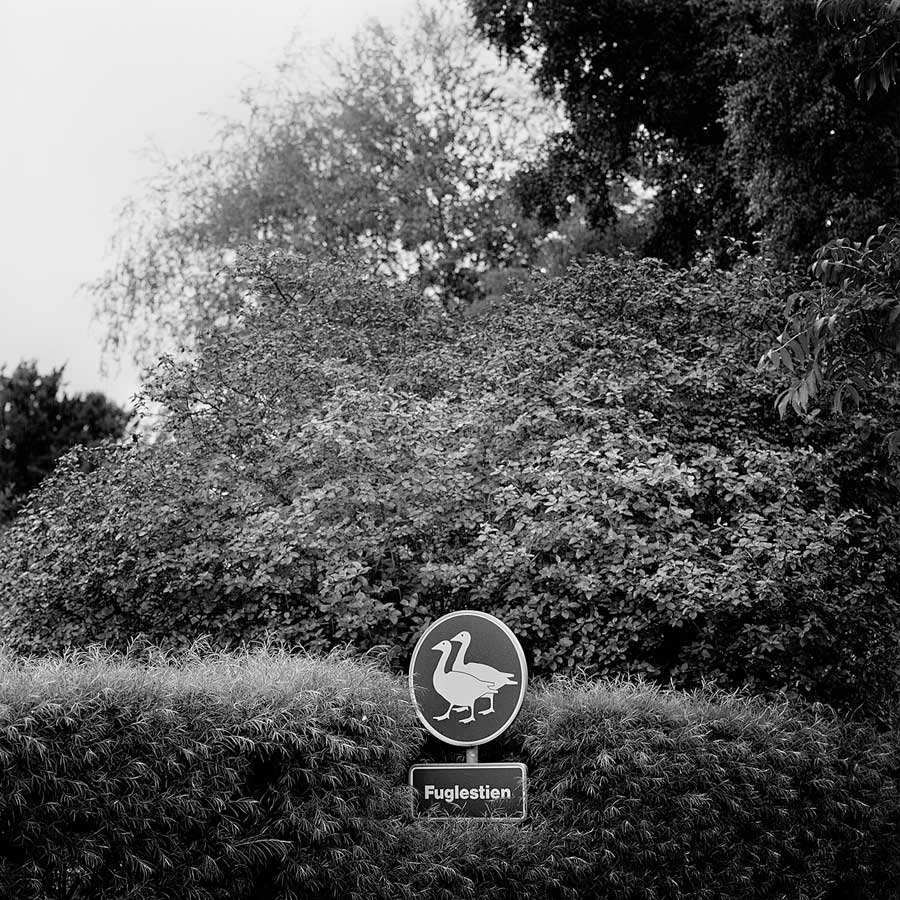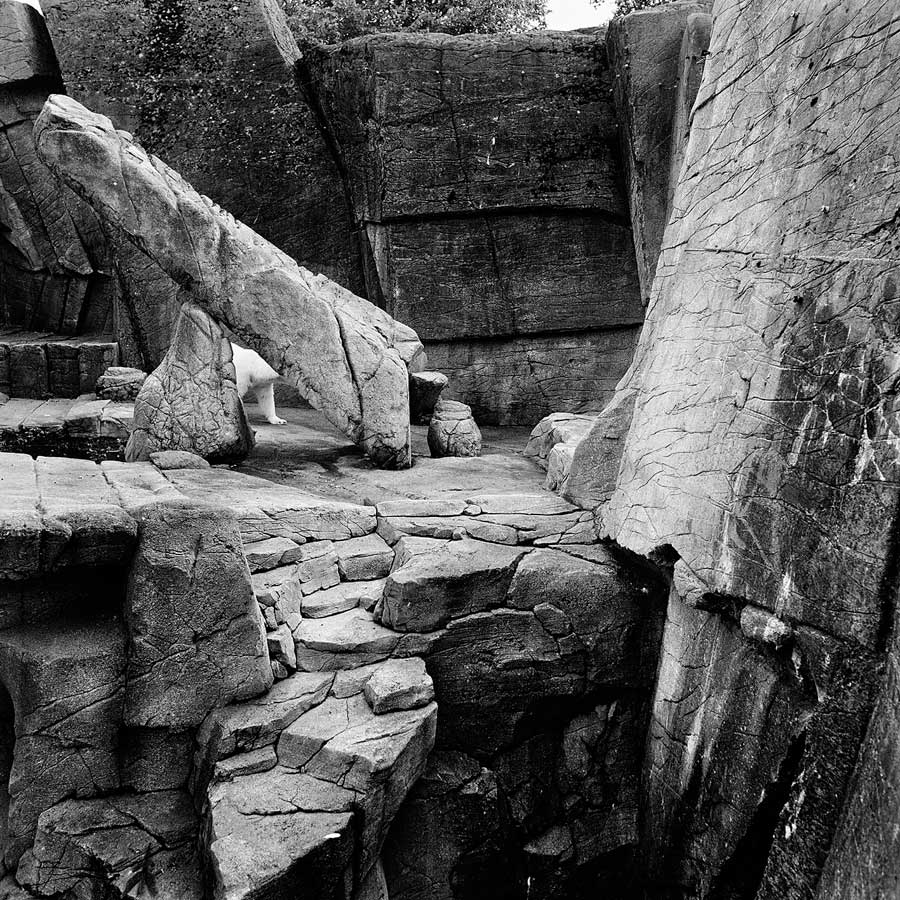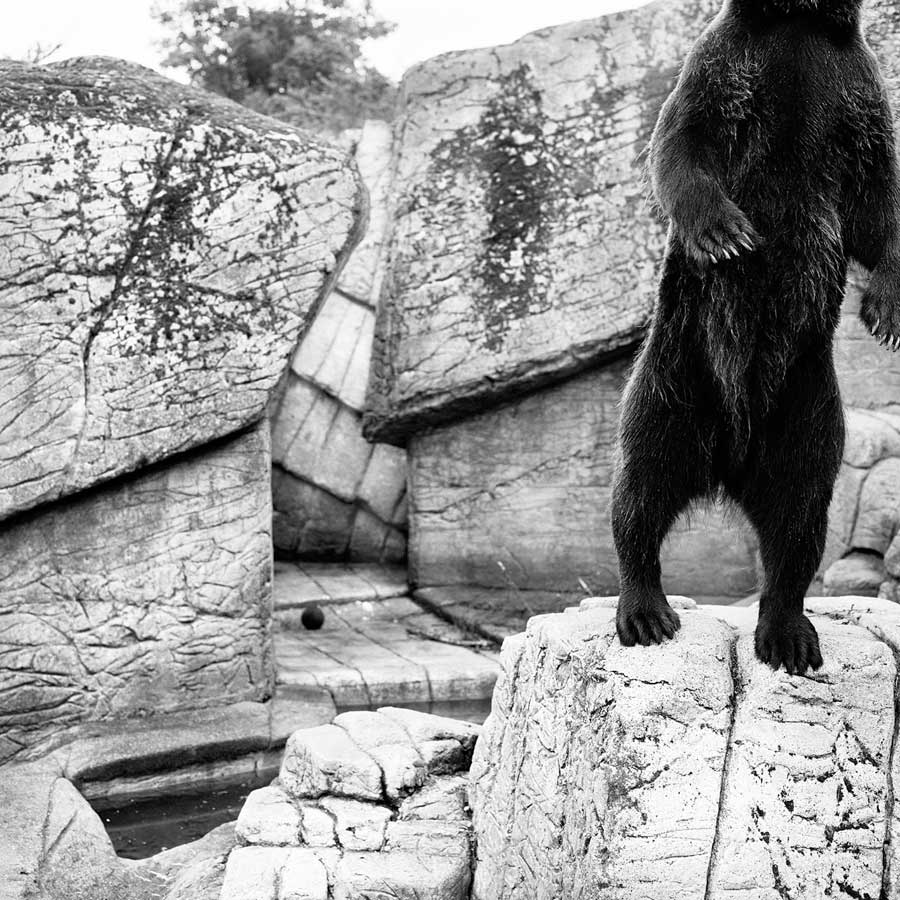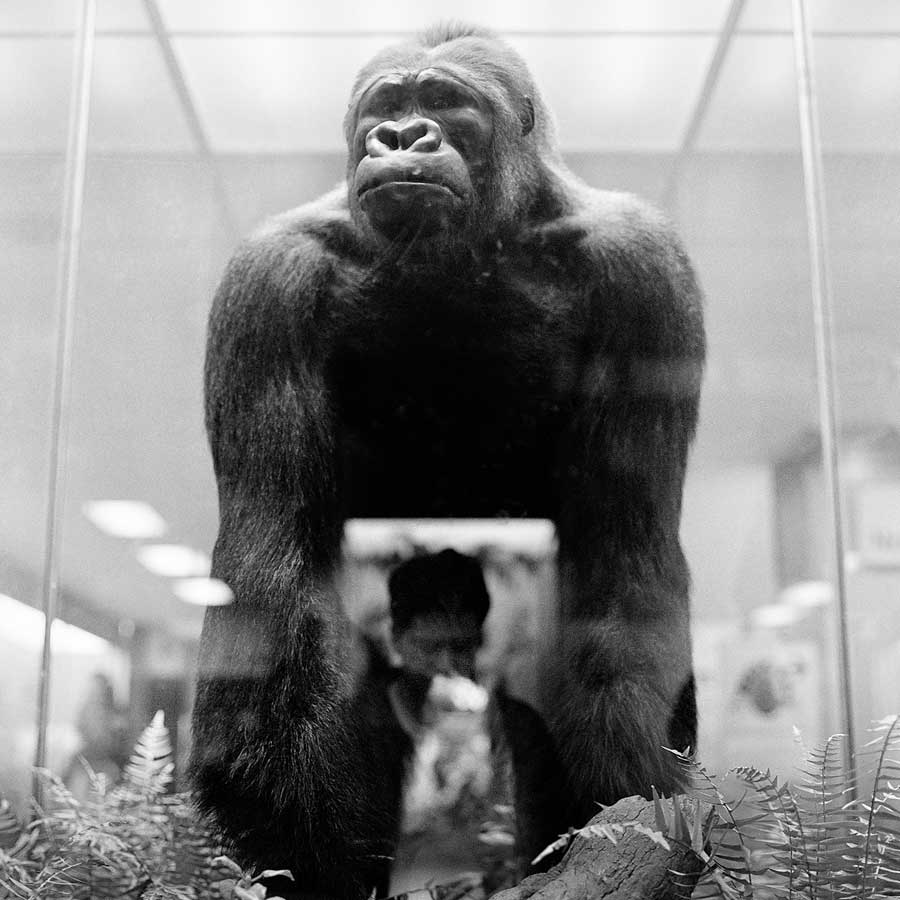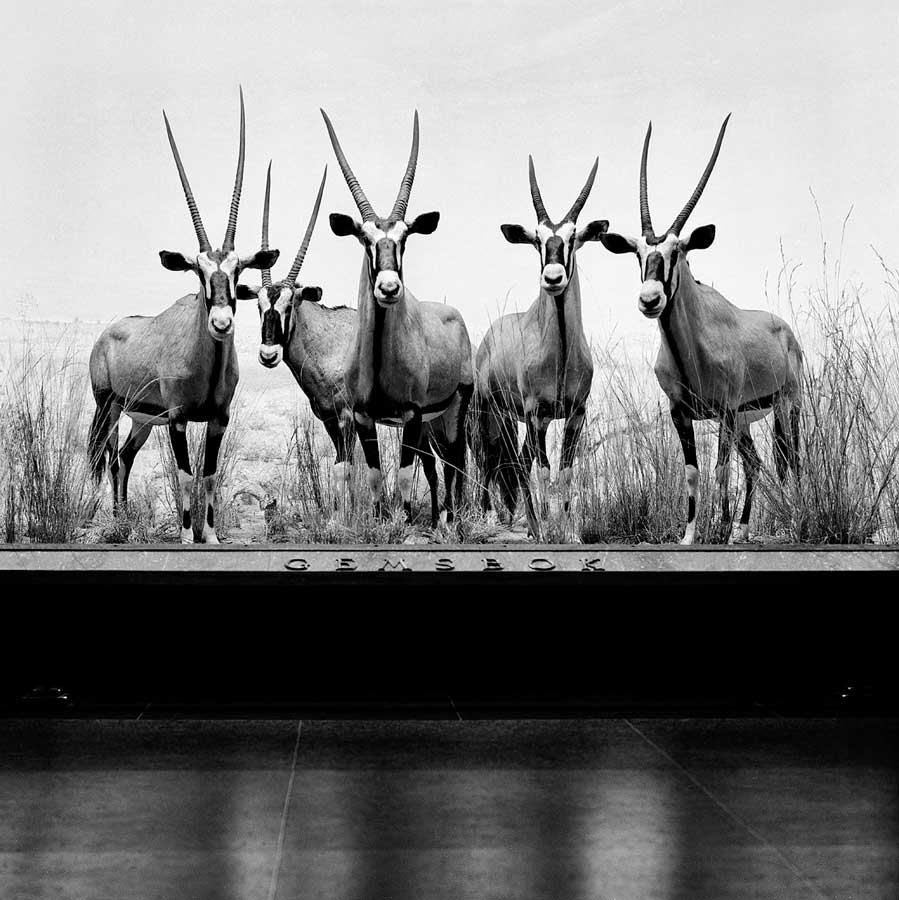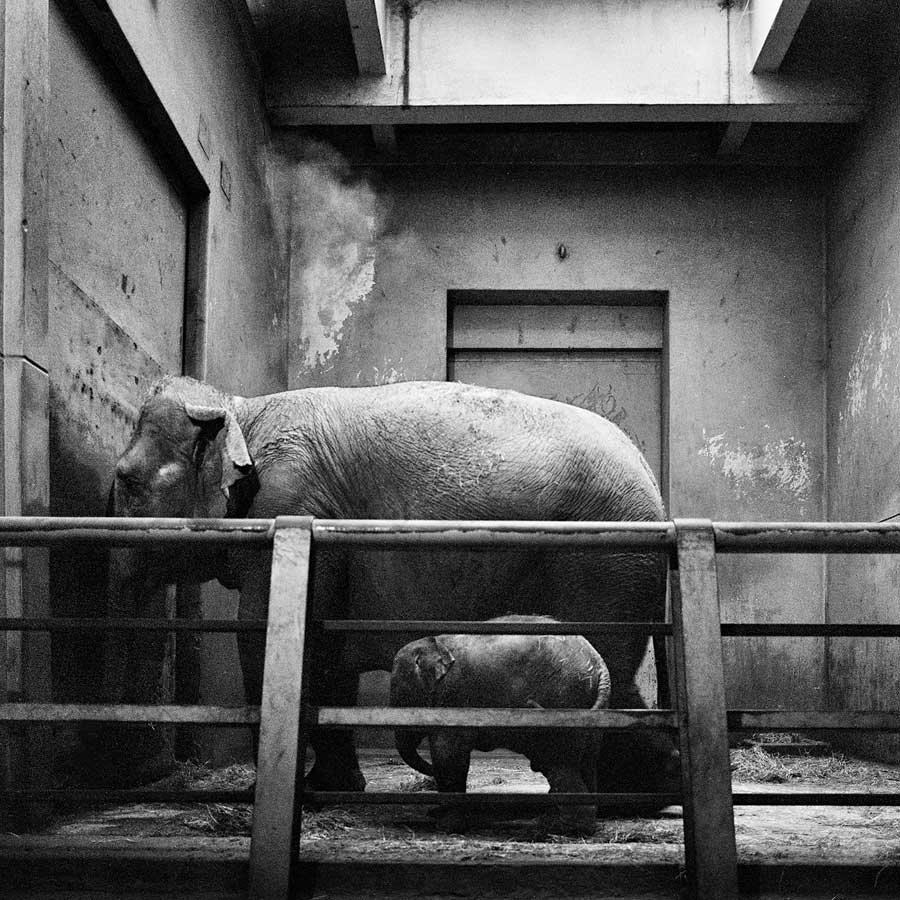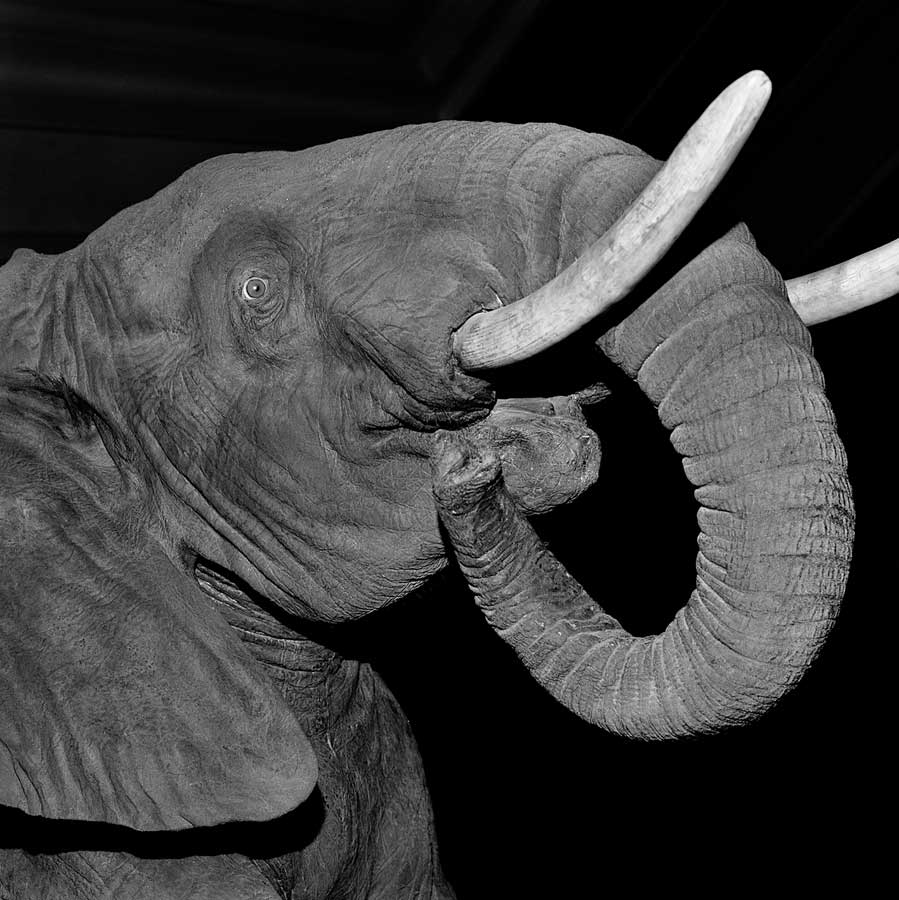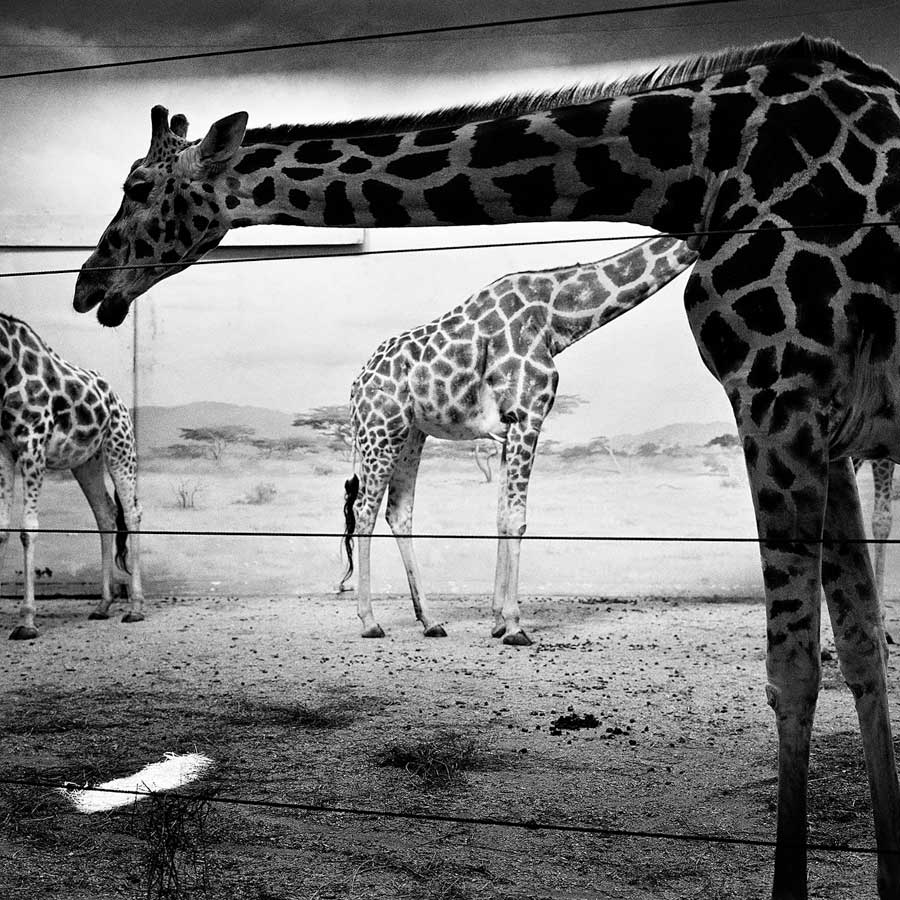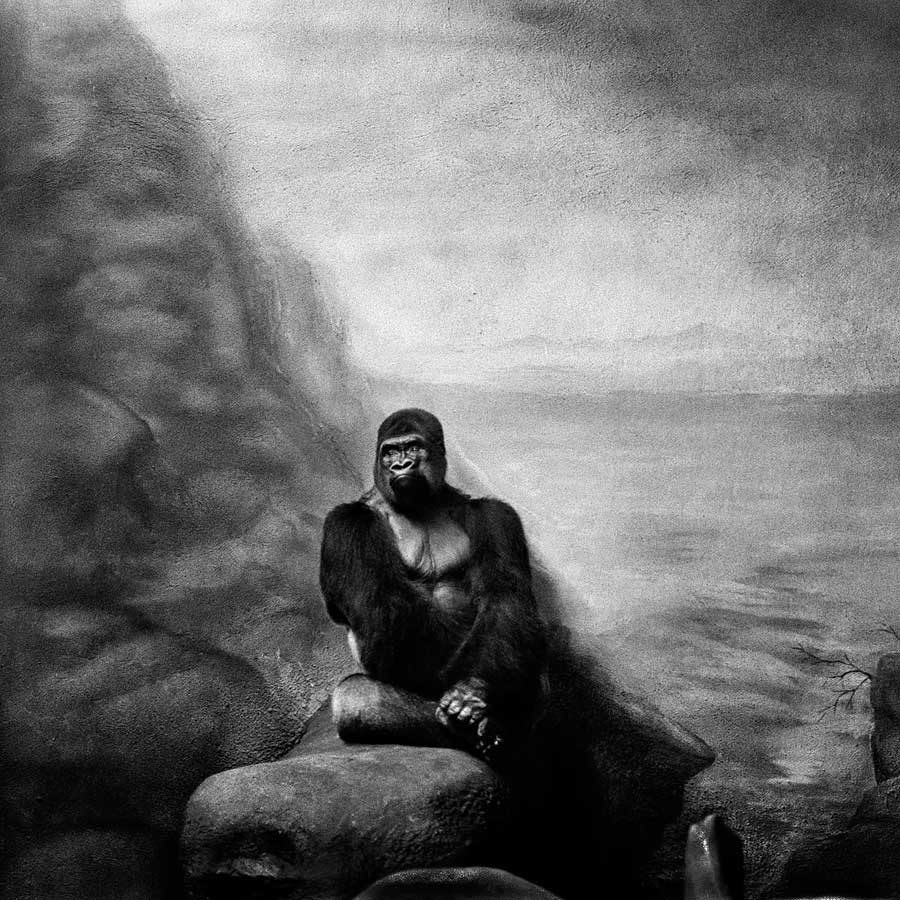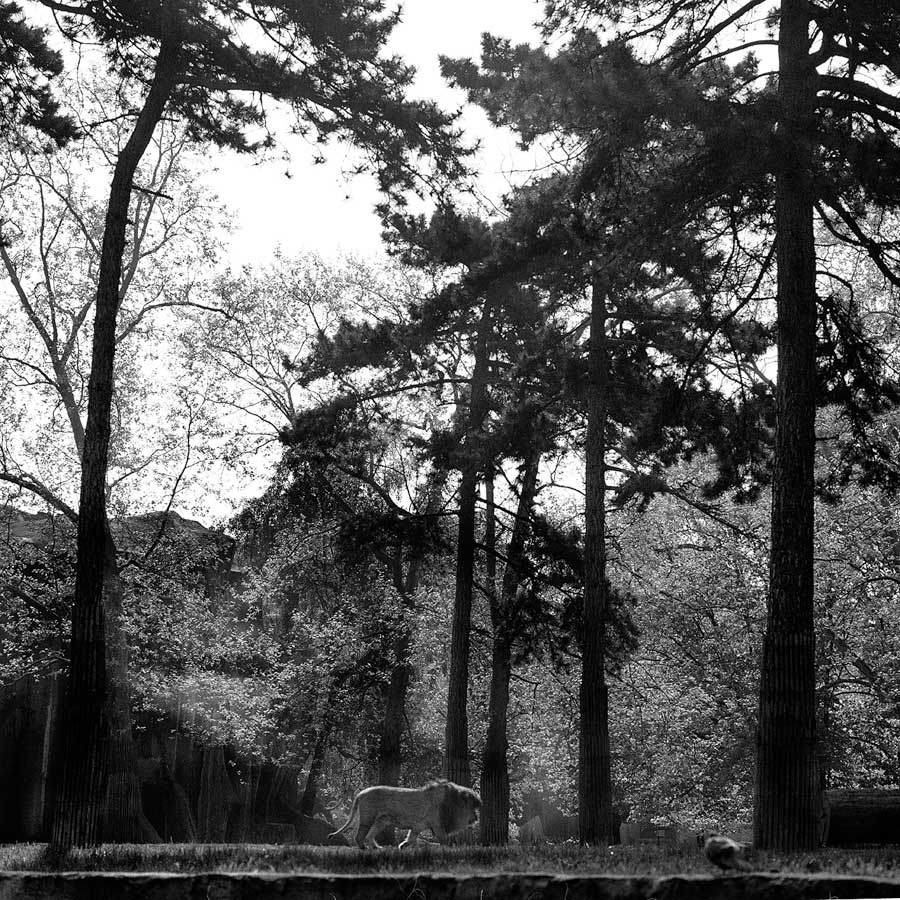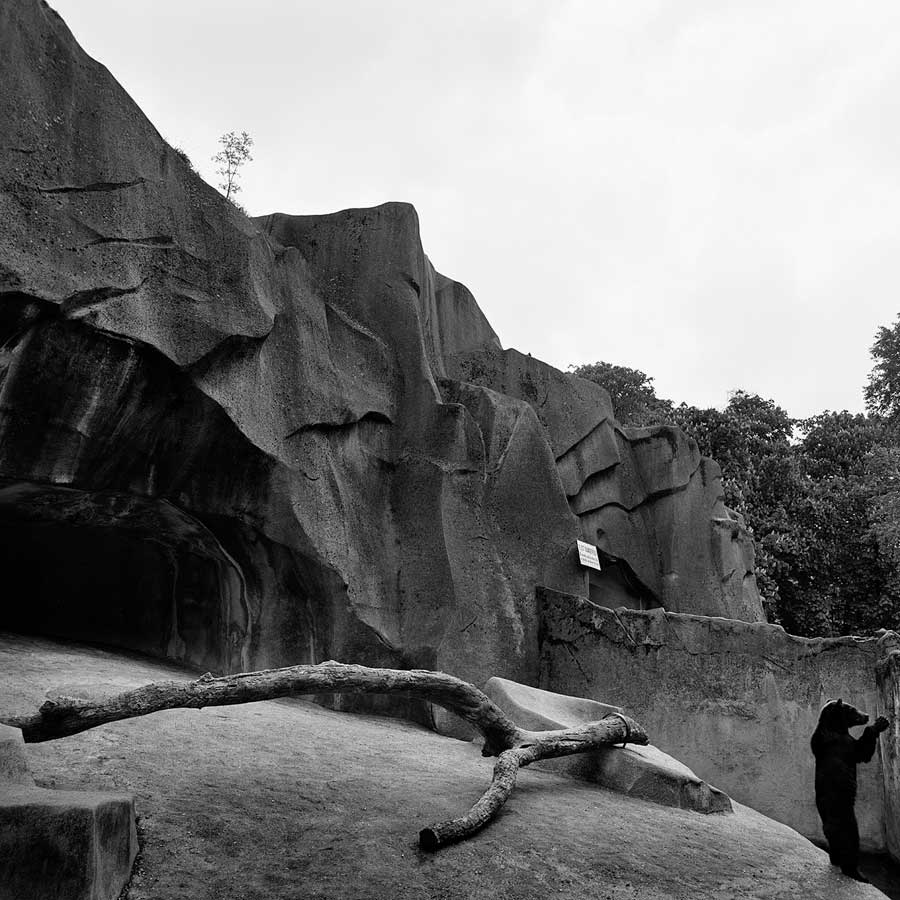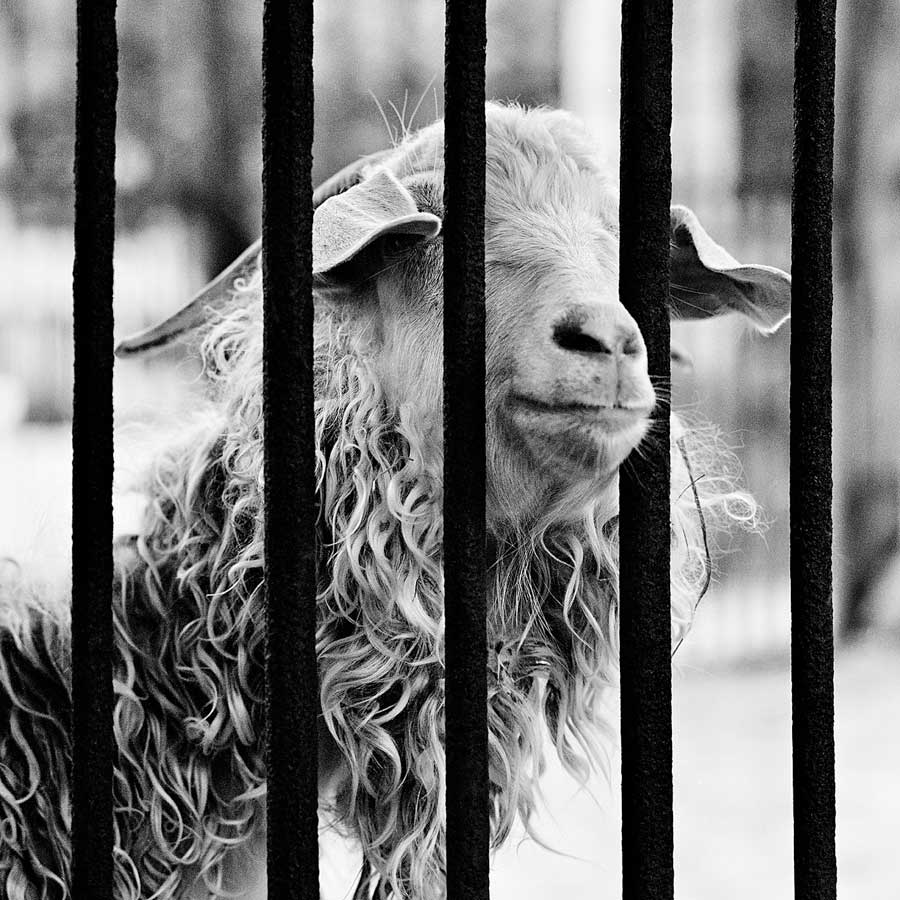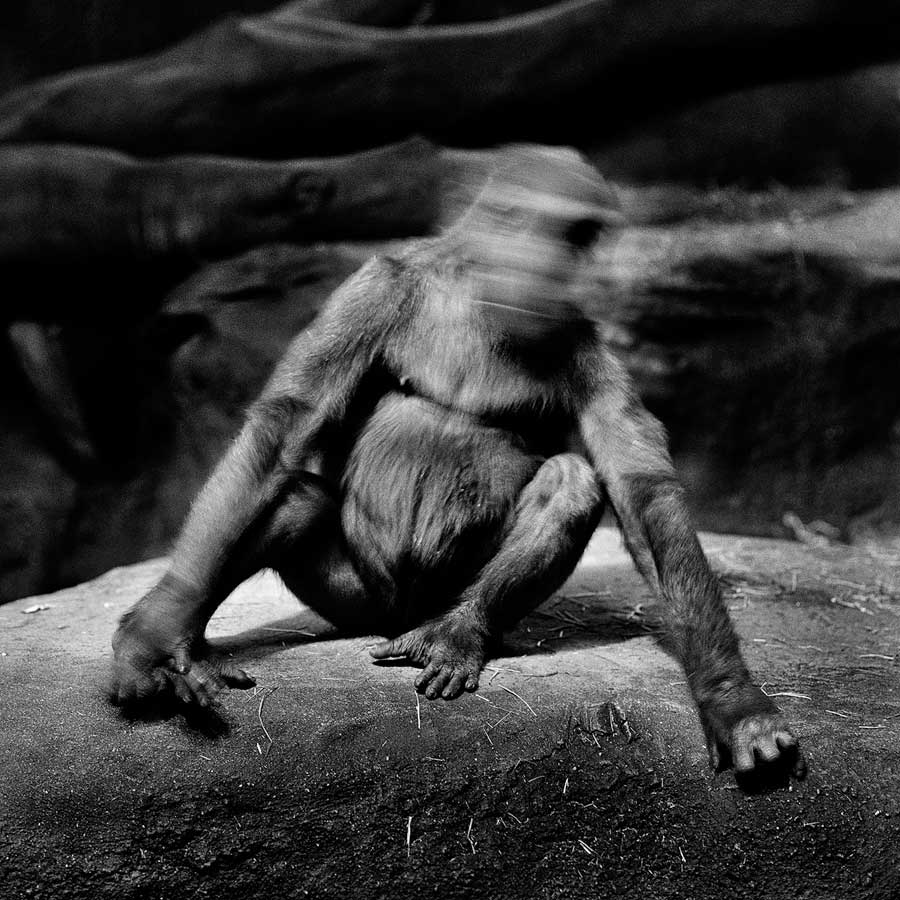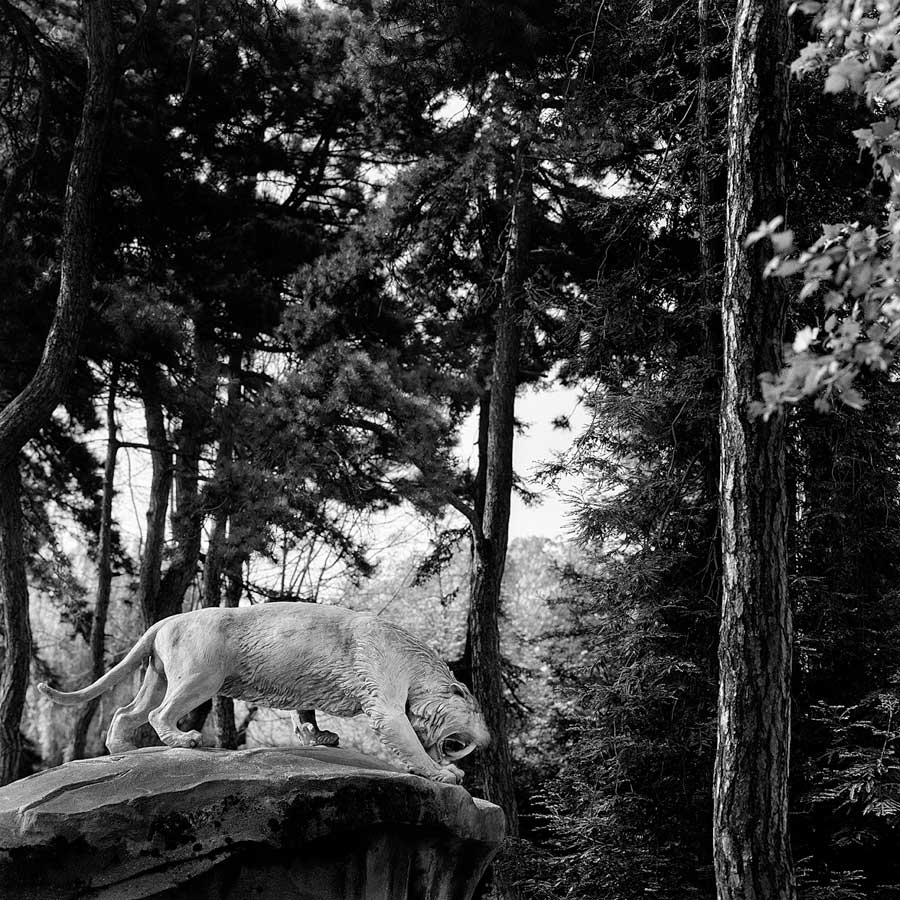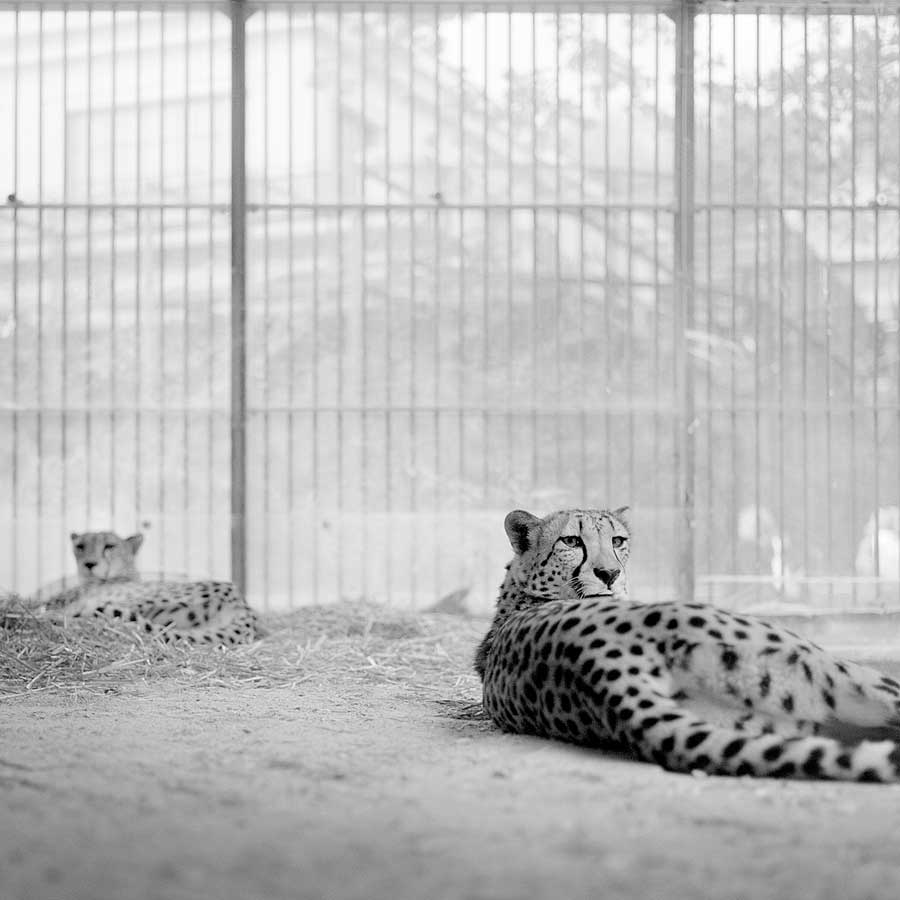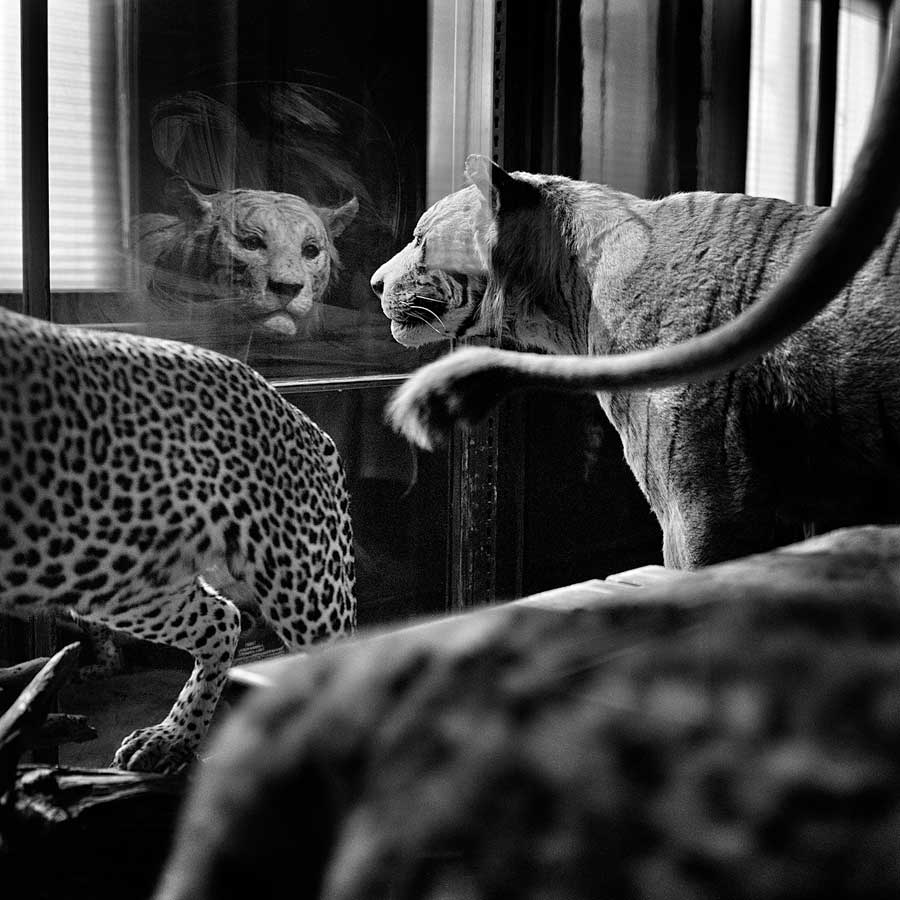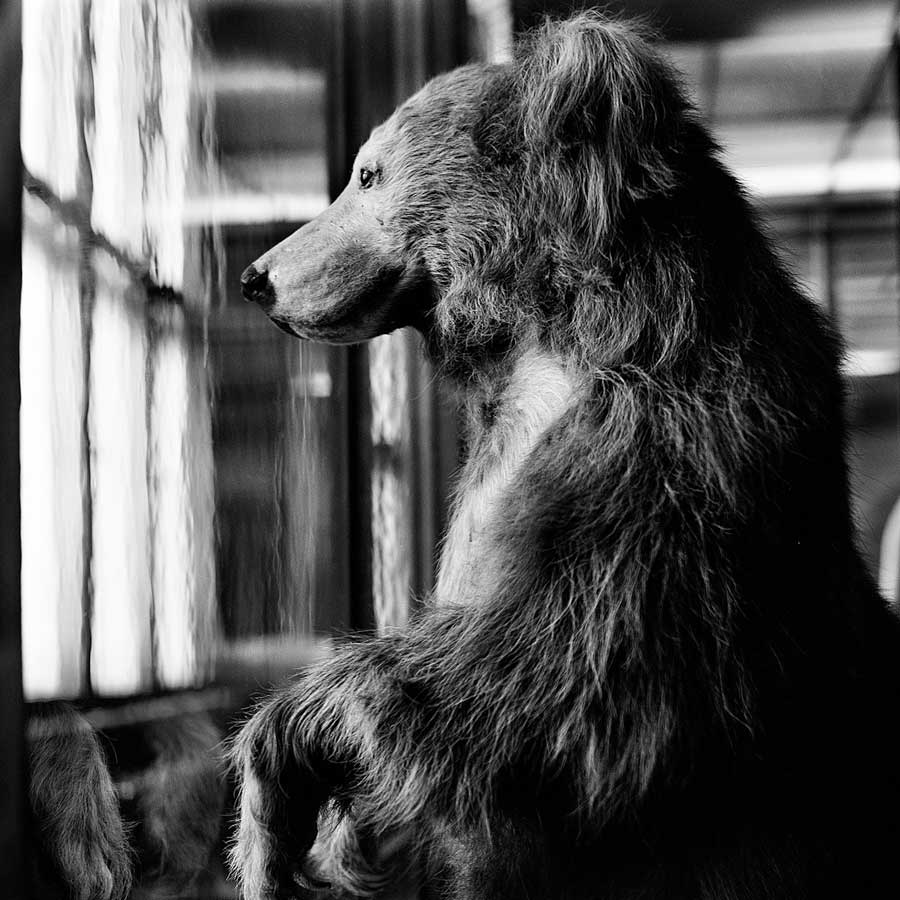Hi lives and works between Treviso and Venice.
He studied Literature and Cinema at the Ca’ Foscari University in Venice and afterwards continued studying photography with authors like Italo Zannier, Gabriele Basilico, Jessica Backhaus, Guido Guidi, Silvia Camporesi, Joakim Eskildsen, Machiel Botman, Marco Zanta, Todd Hido, Pino Musi, Mark Steinmetz, Jason Fulford. His work has been exhibited, among others, by the gallery Il Diaframma for its 25th anniversary, by the Contemporary Art Museum in Bergamo and the Science Museum in Milan and more recently by private galleries in Treviso, Milan, New York and San Francisco.
After a pause in his artistic career, he restarted focusing on more personal work in 2011 and met Micamera.it shortly afterwards. He published three books in the last 2 years: Un_natural Bestiary (2013), Before You, Santa Claus, Life Was Like a Moonless Night (2013), Dolomites (2014). [Official Website]
Un Natural Bestiary 1988-2012
In this work Andrea Alessio collects, as in an ancient bestiary, a series of animal images. The forest does not frighten modern man anymore. Its sinister night calls no longer stalk the minds of children. Little remains of the supernatural and the wild no longer beckons. It is in this disenchanted world, through which we have roamed far too long, that Andrea Alessio embarks on his journey. A hunt for what remains of the beast; a quest apparently fed by our need for visual evidence. Those eyesare sometimes glassy, elusive or even dead. Our animal instinct has died too, closed in on itself, lost among its artifices, like a wild bear trapped between fake rocks. So it may happen that we find ourselves unable to distinguish a live animal, albeit with its wounded instinct, from a stuffed one, which is stiff and awkward. It is with these dioramas and small stages that Andrea Alessio has dealt for over 20 years without bias and with the specific and rigorous intention of engaging our perceptions and their boundaries. So it does not matter if we are in a New York museum or at a Paris zoo. Geography is nothing more than a mere scenic reproduction inside which the animal is forced to live out its days. And so do we when our way of perceiving becomes itself a prison, like a lion’s cage. This then is the almost subconscious message which reaches us as we leaf through the pages of this bestiary. In any case, a transversal reading of Alessio’s images can still surprise us with new dimensions of meaning, as combinations of sense which transcend the space and time of the gaze. Animals may still appear to communicate with each other and able to observe and watch us. For a fleeting moment we can fool ourselves that our imagination is not completely lost.”
Steve Bisson



